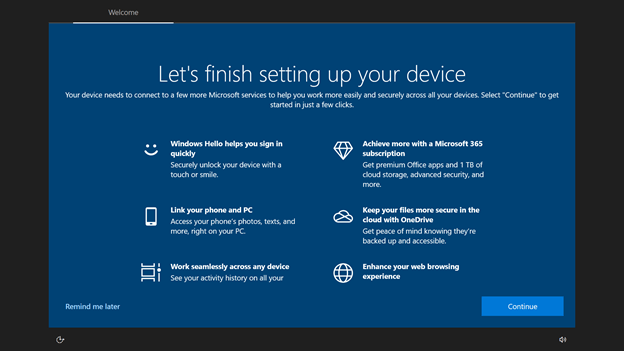Thanks for bringing this up, it’s really needed.
Your example is just one of many I’ve seen. The entire instance seems to be engaged in an opinion shaping campaign where only this gross mix of Western doomerism with Russia/China-glorifying fascism is allowed to thrive.
I don’t know how to best deal with such indoctrination chambers. Their members become completely divorced from reality and there’s no way to pull them back from the brink because anything you could say to that effect gets moderator-deleted. Yet vice versa, they can freely spread their propaganda and engage in “raids” on other instances.








Without trying to be combative, but that sounds like one of those tidbits which one side believes about the other, circulated only to divide. At least I don’t have the impression that it is a view with any footing amongst liberal-minded people.
Most liberals want to move further left, ideas like free college and public education, public transport, less corporate power and splitting up large corporations, even unconditional basic income, etc. are popular with the majority. Just violent revolution and authoritarianism won’t roll, after all, liberal means “live and let live.”
As a mixed-ideology lefty (maybe I fit within your definition of liberal), I’m not worried about tankies being too far left, not at all, rather, I am tempted to think of them as confused right wingers believing themselves to be “the left.”